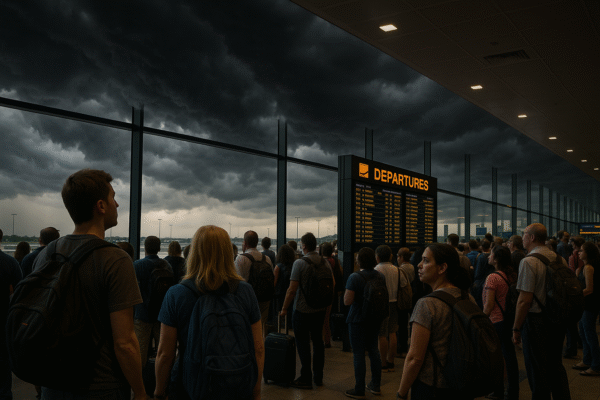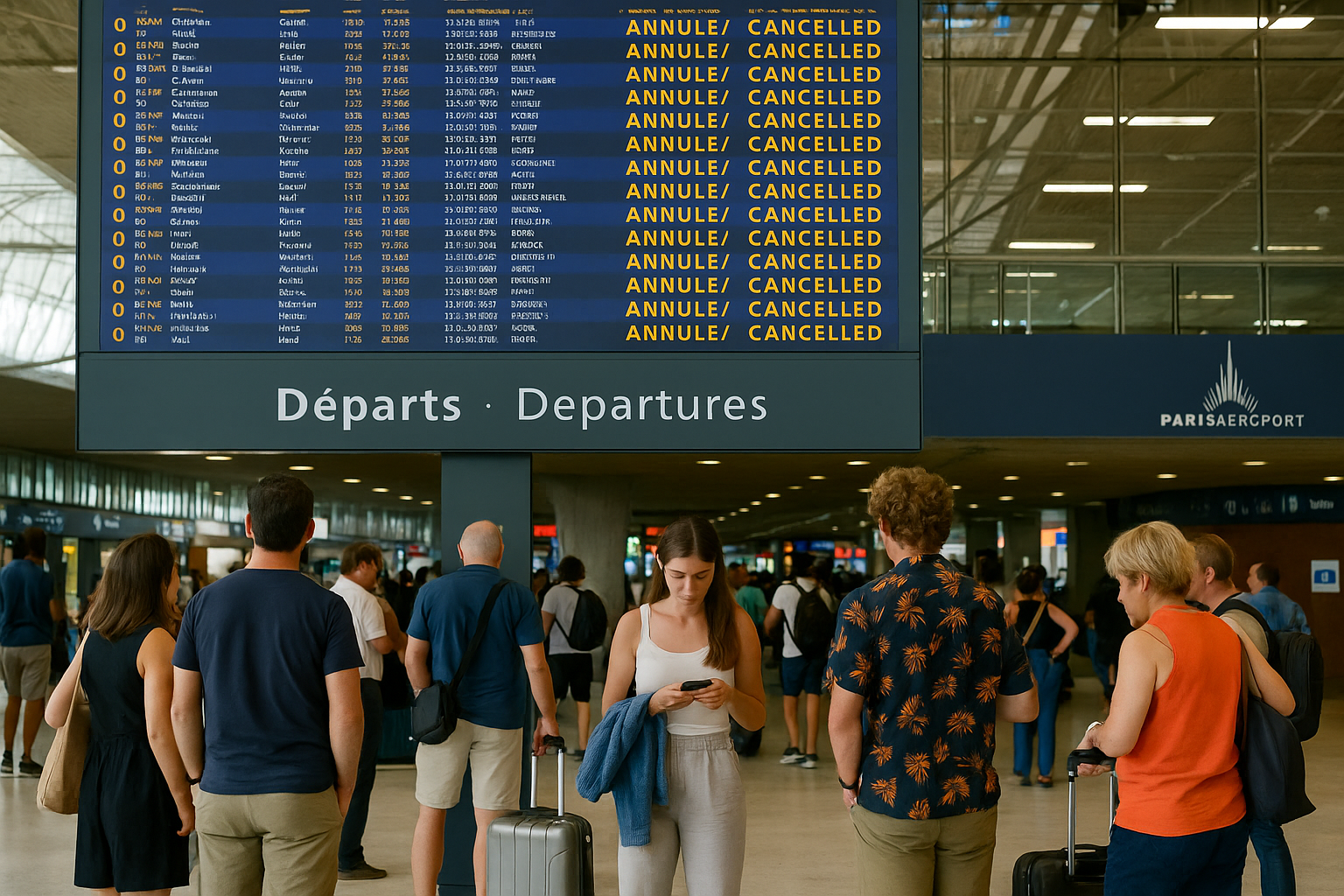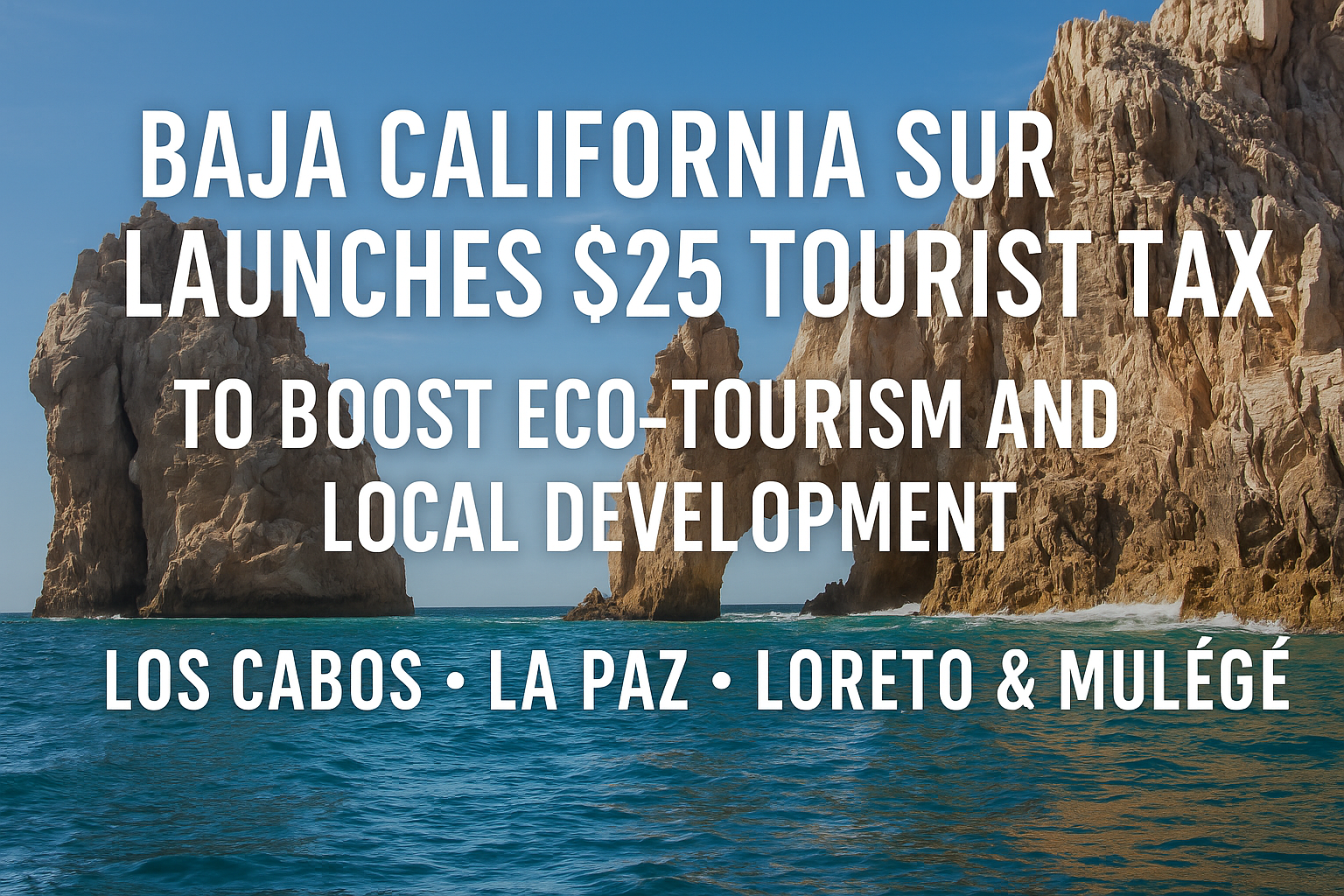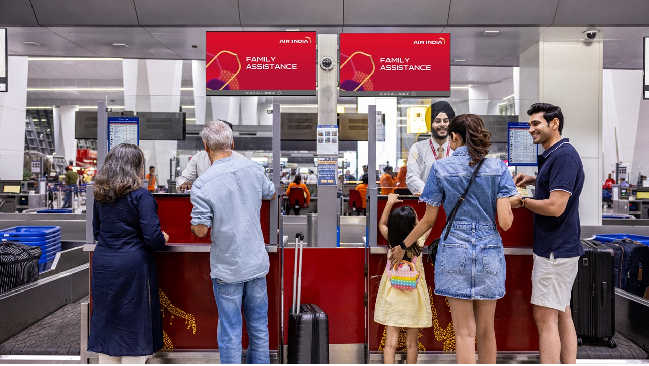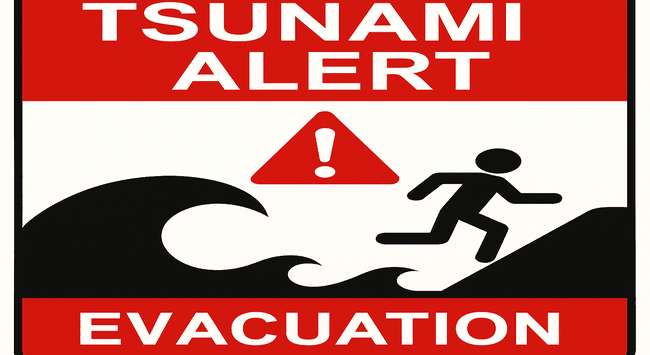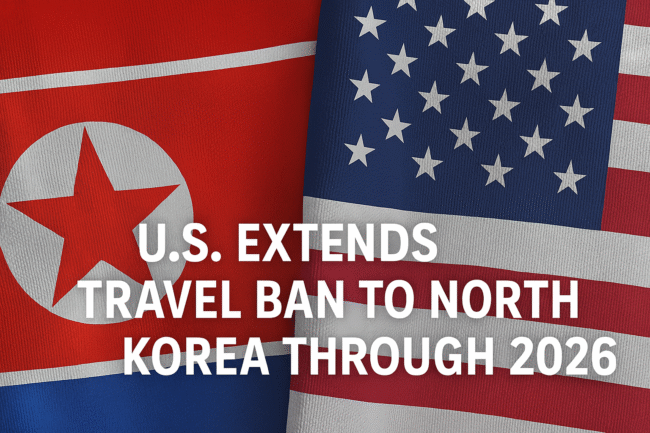Baja California Sur, one of Mexico’s most iconic tourist destinations, is taking a bold step toward sustainable tourism with the launch of a new mandatory tourist tax. Starting July 1, 2025, international travelers who stay longer than 24 hours in the state will be required to pay 470 Mexican pesos (approximately $25 USD) as part of the Embrace IT initiative. The measure affects visitors to popular destinations including Los Cabos, La Paz, Loreto, and Mulegé.
This move is designed to channel tourism revenue directly into local communities, protect the region’s rich biodiversity, and support vital infrastructure. Baja California Sur joins a growing number of global destinations adopting tourism taxes as a means of balancing economic growth with environmental and social responsibility.
Why Baja California Sur Introduced a Tourist Tax
According to official state sources, the tax aims to fund essential public services and community programs. These include:
- Improving healthcare and public safety
- Supporting educational and employment initiatives
- Preserving cultural and historical landmarks
- Investing in eco-tourism and environmental conservation
The new tax will also support biodiversity efforts to protect the region’s famed marine parks, desert landscapes, and UNESCO-recognized natural reserves. As Baja California Sur’s popularity continues to soar, local authorities say this initiative ensures tourism benefits are equitably shared among residents and communities.
Who Must Pay and Who Is Exempt
The tax applies exclusively to international visitors—regardless of nationality—who stay in Baja California Sur for more than 24 hours. It does not apply to Mexican nationals, temporary residents, or permanent residents of Mexico. Tourists arriving by air, land, or sea will need to show proof of payment at ports of entry.
How to Pay the Tourist Tax
To streamline the process, the state government has partnered with Travelkore, a secure digital platform enabling advance payment. Visitors must pay the fee online before arrival.
Once payment is completed, travelers receive a QR code to present upon entry. This avoids lengthy delays and helps maintain smooth processing at airports, highways, and cruise terminals. The digital approach mirrors global best practices and reflects Baja California Sur’s commitment to using technology to improve visitor experience.
Eco-Tourism and Sustainable Impact
Baja California Sur’s tourism policy shift mirrors trends in countries like Italy, Spain, and Thailand, where tourist taxes are helping fund environmental preservation and infrastructure upgrades. Similar efforts in places like Venice, Mallorca, and Glasgow are aimed at curbing overtourism while enhancing local resilience.
The new Baja tax is expected to generate millions in annual revenue. These funds will be reinvested in:
- Marine conservation projects in the Sea of Cortez
- Local employment programs and microbusiness grants
- Infrastructure repairs in lesser-known towns like Mulegé
- Cultural heritage restoration projects in Loreto and La Paz
Sustainability experts and tourism officials alike argue this is a long-overdue mechanism to ensure tourism positively contributes to Baja California Sur’s long-term development.
What Travelers Should Know
Travelers planning trips to Los Cabos, La Paz, or other BCS regions are advised to:
- Complete payment online before traveling
- Carry a printed or digital QR code for immigration officers
- Stay informed about additional fees or procedures on official platforms
International tourism authorities, including the World Travel & Tourism Council (WTTC), have endorsed similar sustainable models as a best practice for fast-growing destinations.
Global Travel Trends Toward Tourism Taxation
Baja California Sur is part of a broader global shift toward eco-conscious travel policies. Cities like Amsterdam, Edinburgh, and even small Pacific islands have introduced similar levies to balance economic benefits with cultural and ecological preservation.
According to the United Nations World Tourism Organization (UNWTO), sustainable tourism taxes can help reduce the impact of mass travel while enhancing experiences through cleaner, safer, and more socially inclusive environments.
Final Thoughts: A Responsible Future for Travel
Baja California Sur’s $25 tourism levy isn’t just a fee—it’s a step toward creating a tourism economy that gives back. The initiative ensures travelers contribute directly to the beauty, resilience, and wellbeing of the communities they visit.
By implementing this responsible tourism model, Baja California Sur reinforces its reputation as a world-class destination that prioritizes both people and the planet. Visitors can now enjoy Los Cabos’ luxury resorts, explore La Paz’s natural beauty, dive into Loreto’s marine sanctuaries, or unwind in Mulegé’s quiet charm—knowing their contributions are making a lasting difference.
For more travel news like this, keep reading Global Travel Wire




